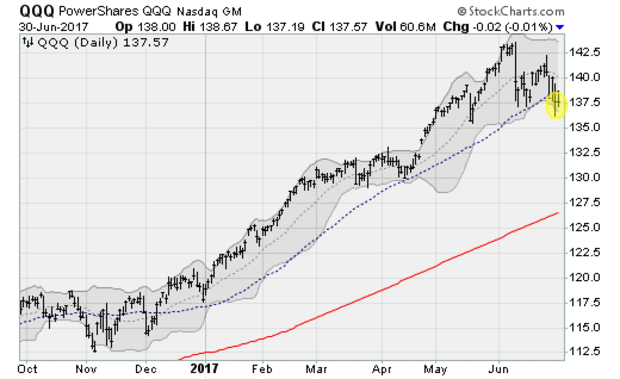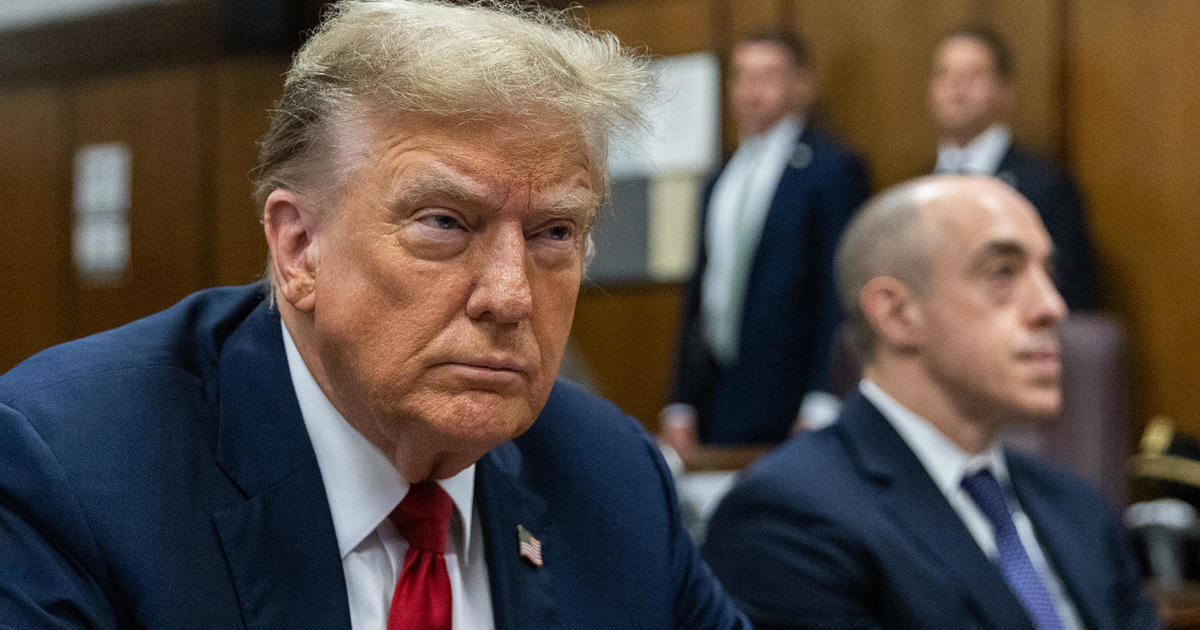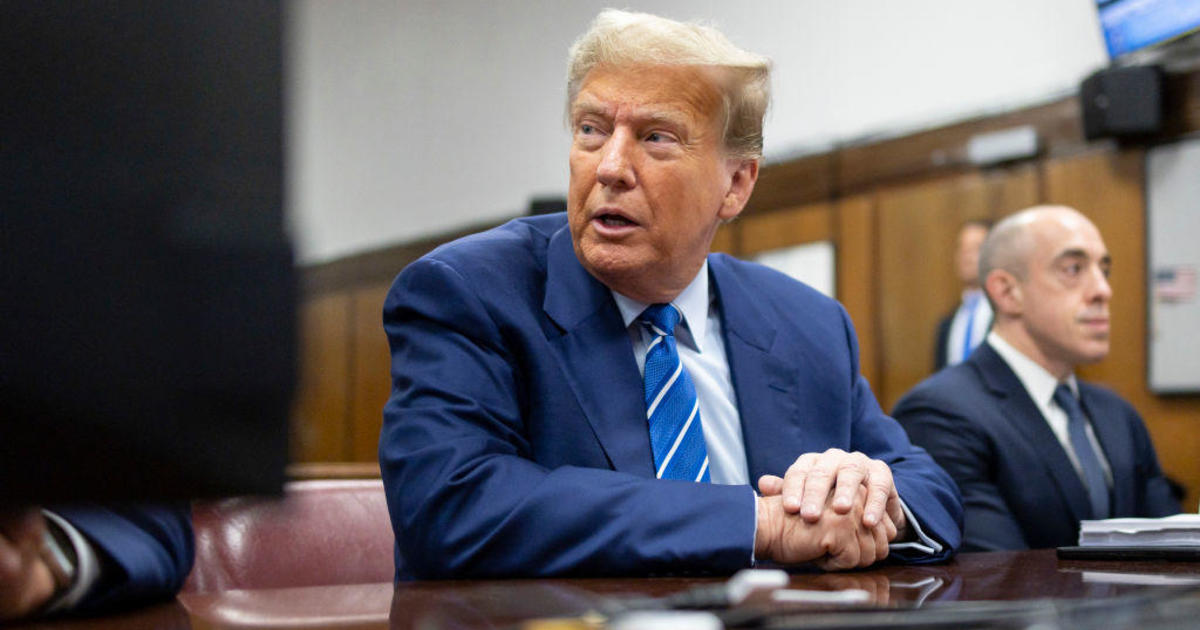Will second half of 2017 rattle Wall Street?
As the calendar flips to July, and we look back on the first half of 2017 for clues on what lies ahead, a few major themes stand out.
For one, the "Trump-flation" hysteria that marked the post-election rally fizzled out in March as President Donald Trump's ambitious legislative agenda of tax cuts, health care reform and infrastructure spending smacked into Washington gridlock and stalled.
But stocks didn't miss a beat. The S&P 500 has gained roughly 16 percent from its pre-election low on Nov. 4. Investors merely piled into big-capitalization tech stocks, and the "FAANGs" -- Facebook (FB), Amazon (AMZN), Apple (AAPL), Netflix (NFLX) and Google parent Alphabet (GOOG) -- led the market to new highs. Over the past few weeks, another rotation happened as bank stocks perked up on a rise in long-term interest rates. Overall, the Dow Jones Industrial Average has risen 8 percent year-to-date with the Nasdaq Composite up an impressive 14.1 percent.
Two, the post-election surge in "soft" survey-based economic data never transitioned into a rise in "hard" activity-based data. Instead, the economy has come off its boil -- despite ongoing strength in the labor market with a 4.3 percent unemployment rate -- resulting in the largest data misses to analyst estimates since 2011.
And three, the Federal Reserve has grown increasingly hawkish in its stance toward interest rates, raising them three times since Election Day (for a total of 0.75 percentage point). It has penciled in another quarter-point hike (likely in December), and is preparing to begin reducing its $4.46 trillion balance sheet swollen by years of asset purchase stimulus (likely in September).
Both Fed Chair Janet Yellen and Vice-Chair Stanley Fischer have raised concerns about high asset price multiples recentl, warning of risks to financial stability. Fed officials, en masse, have pointed to the fact that financial conditions overall have loosened since they started raising interest rates in 2015. That could be a sign of a bubble, or runaway investor sentiment, something they are eager to stop.
Heading into the second half of the year, Wall Street faces the summertime trading doldrums and two of the scariest months of the year, in historic terms: September and October. Risk is rising in a big way. President Trump is reportedly mulling a trade war with an import tariff on steel. And the Fed appears increasingly determined to talk the market lower.
All this suggests we could see some downside in the stock market. Last week, Nasdaq closed below its 50-day moving average for the first time since December. To be sure, Wall Street is due for a pullback: Jeff Hirsch, editor of the Stock Trader's Almanac, notes it has been 502 calendar days since the S&P 500 last suffered a decline of 10 percent or more. That nearly equals the average duration of 515 days between corrections of 10 percent or more since 1950.
What happens after that will depend, in large part, on the market's response to what the Fed says and does, the fate of the health care bill working through Congress, and whether Trump and Congress can easily pass a debt ceiling increase later this summer.
Because the economy is in stasis: The New York Fed's Nowcast estimate of second quarter economic growth is holding at just 1.9 percent. Corporate earnings expectations remain lofty and will be hard to hit without fundamental tailwinds. And market valuations have rarely been higher.





